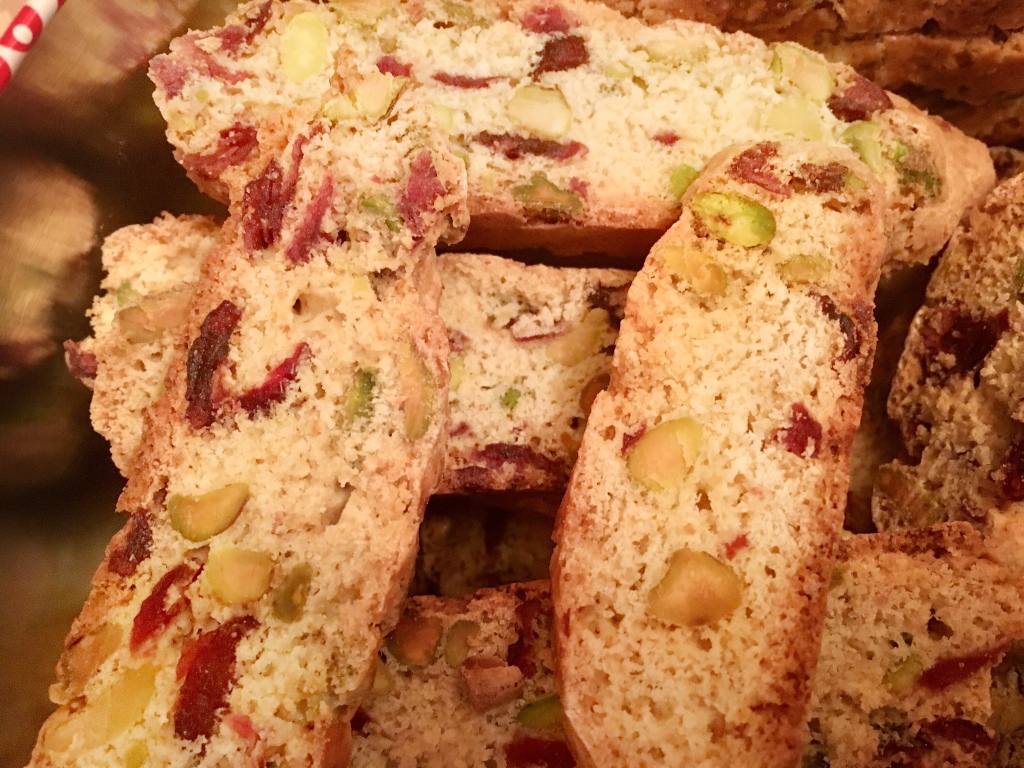Cornmeal-Cardamom Thumbprints Cookies with Orange Marmalade

The origins of this cookie started with a recipe I fell in love with from Carol Walter’s Great Cookies book. It’s her Cornmeal/Cardamon Biscotti recipe which in turn was given to her by Sam DeMarco. So it goes with recipes. It is one of the best biscotti recipes I’ve tasted although I did significantly cut the cardamon so it is a whisper not a roar. Around the time that I made the biscotti I tasted a thumbprint cookie that someone had filled with orange marmalade. I thought the cornmeal/cardamom biscotti dough might make a nice little vehicle to house the orange marmalade.
I scaled all the ingredients to grams, which is much more accurate. I eliminated the raisins, thinking that the marmalade would be sweet enough. I altered the baking time since it’s a thumbprint cookie, not a biscotti. I believe it maintains the delicate crisp texture that drew me to the original biscotti recipe that inspired this variation on a theme of cardamon, cornmeal and almonds. I’m tempted to add a little sweet and or bitter almond oil to boost that flavor. If someone tries that please let me know how you like it.
INGREDIENTS
- 185 grams AP flour (1 1/2 cups spooned in and leveled)
- 75 grams cornmeal ( 1/2 cup spooned in and leveled)
- 2 tsp double acting baking powder
- 1/8 tsp fine sea salt
- 1 tsp ground cardamom
- 143 grams slivered almonds (1 cup)
- 150 grams superfine sugar (3/4 cup)
- 114 grams whole eggs (about two large eggs)
- 113 grams unsalted butter (1/2 cup)
- 227 grams good quality Seville orange marmalade (1/2 cup)
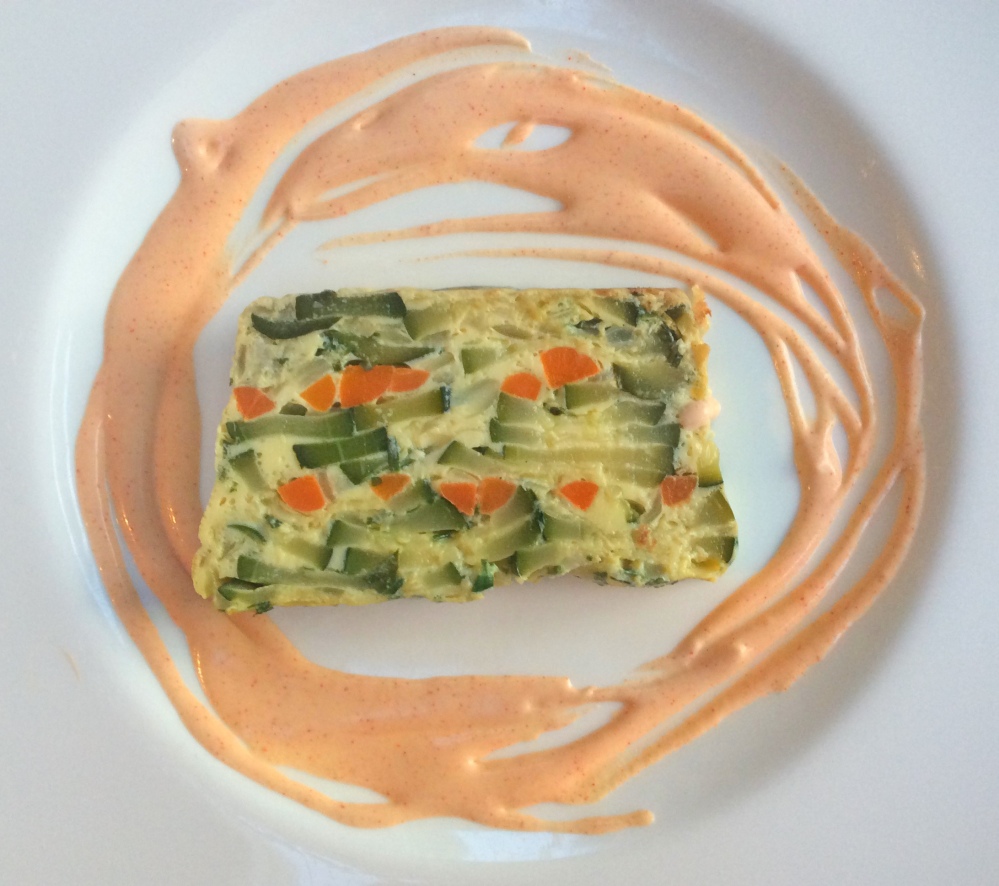
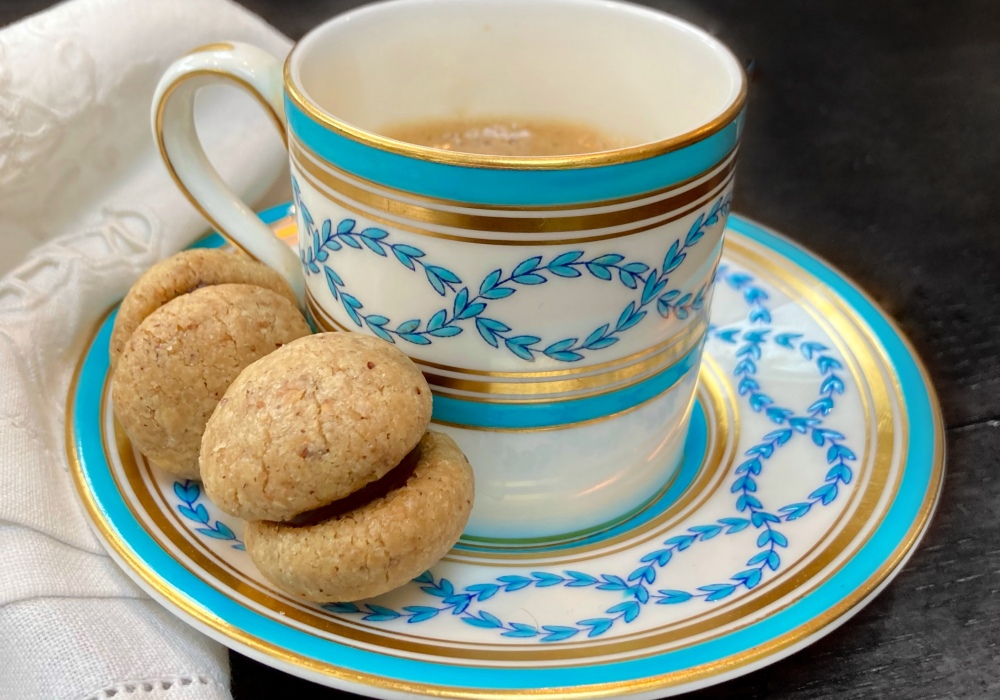
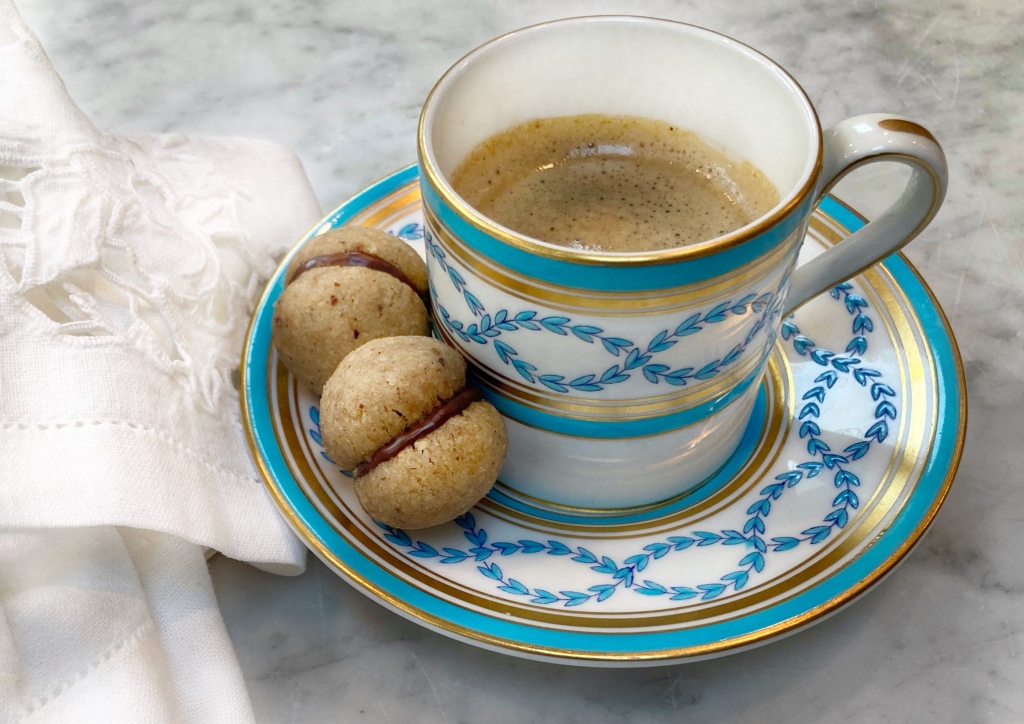
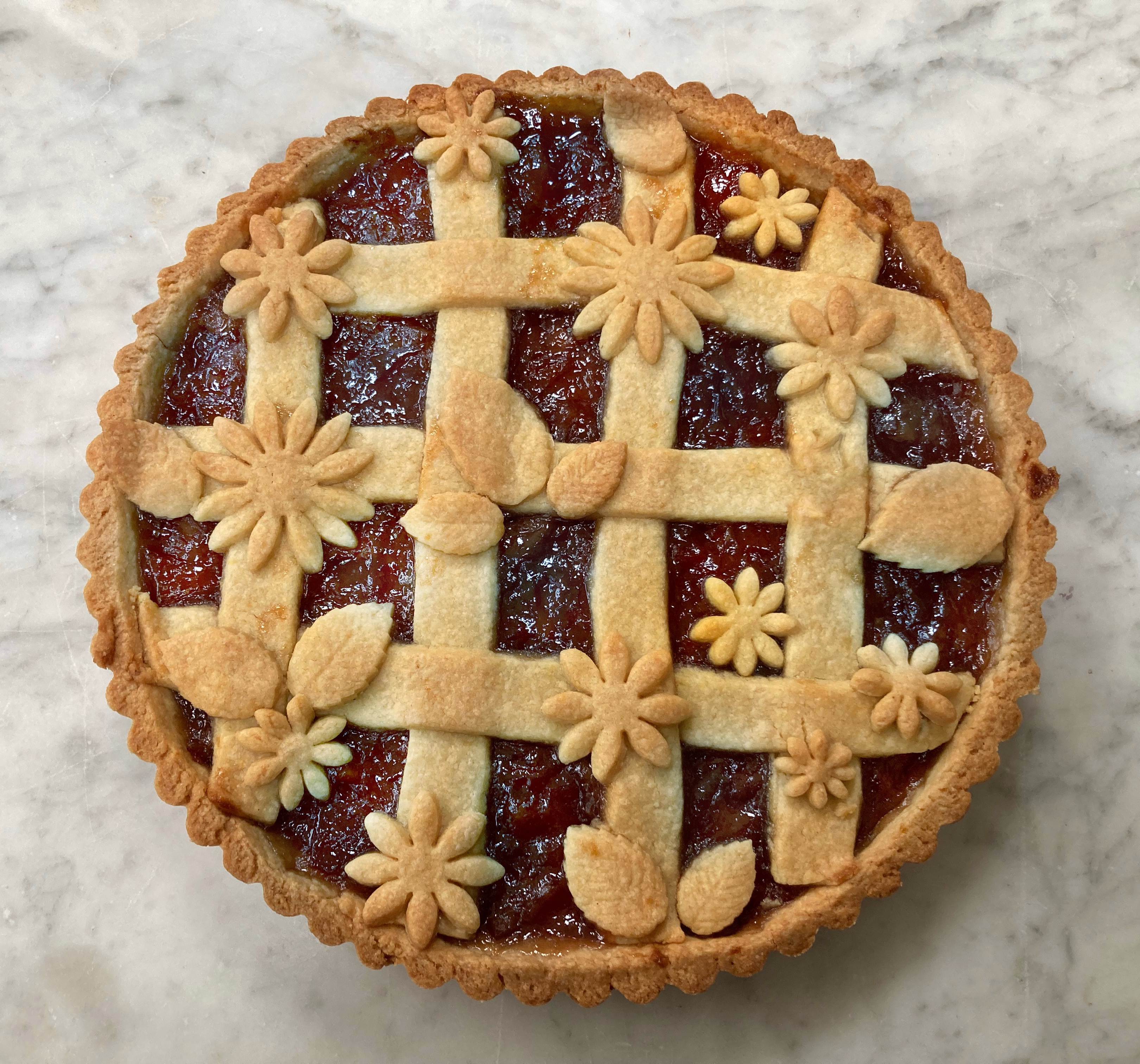
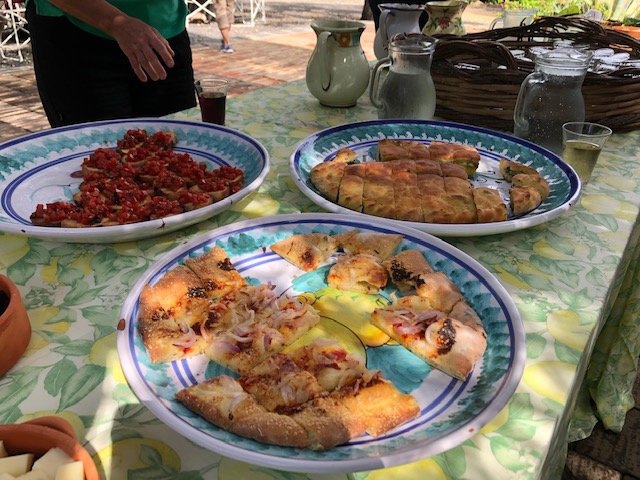

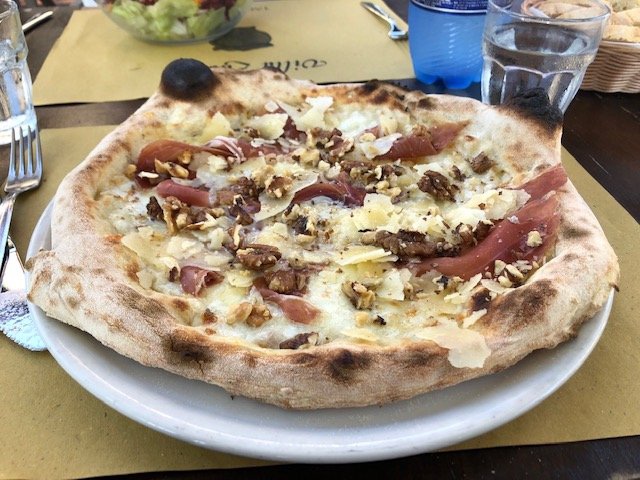
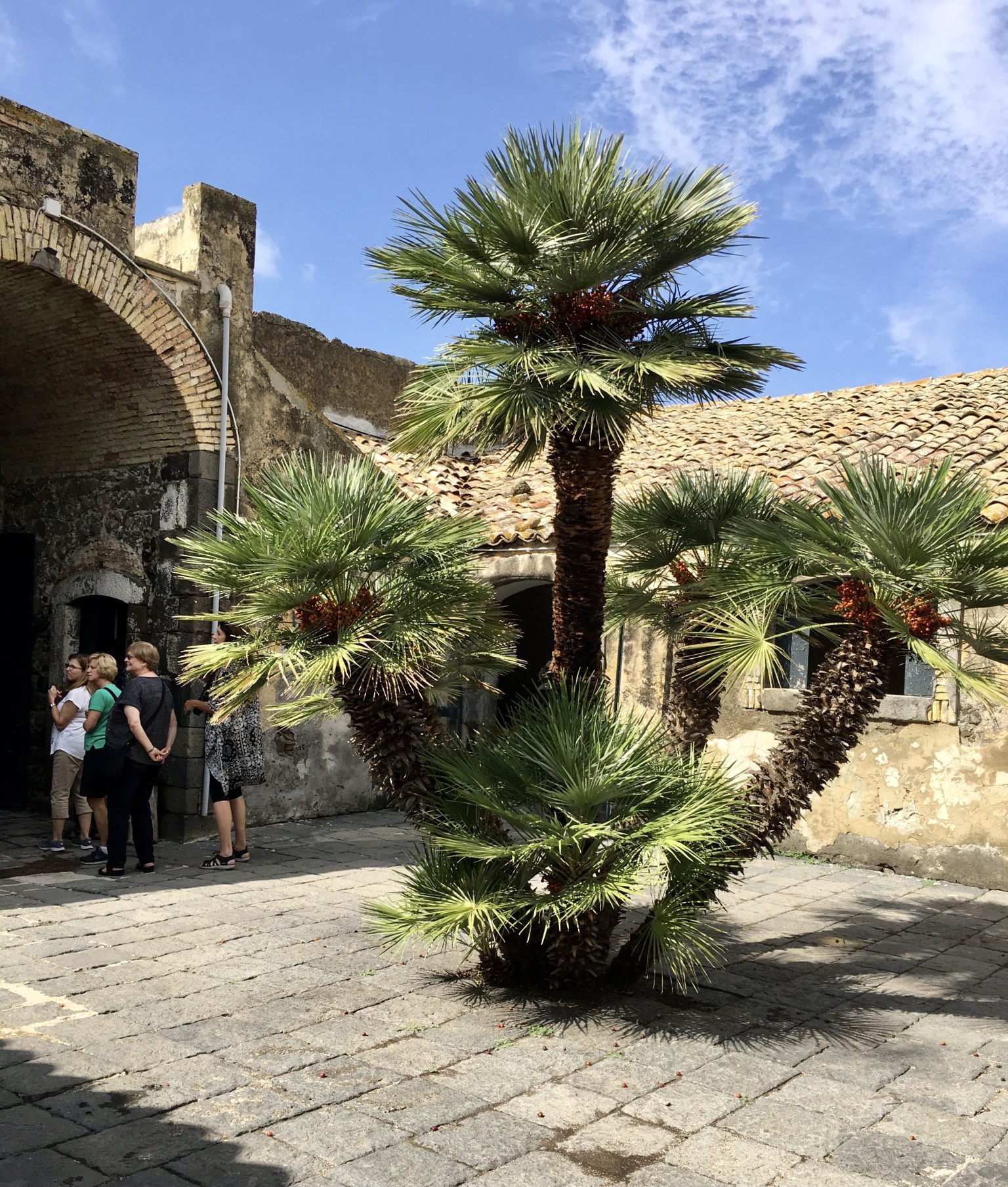

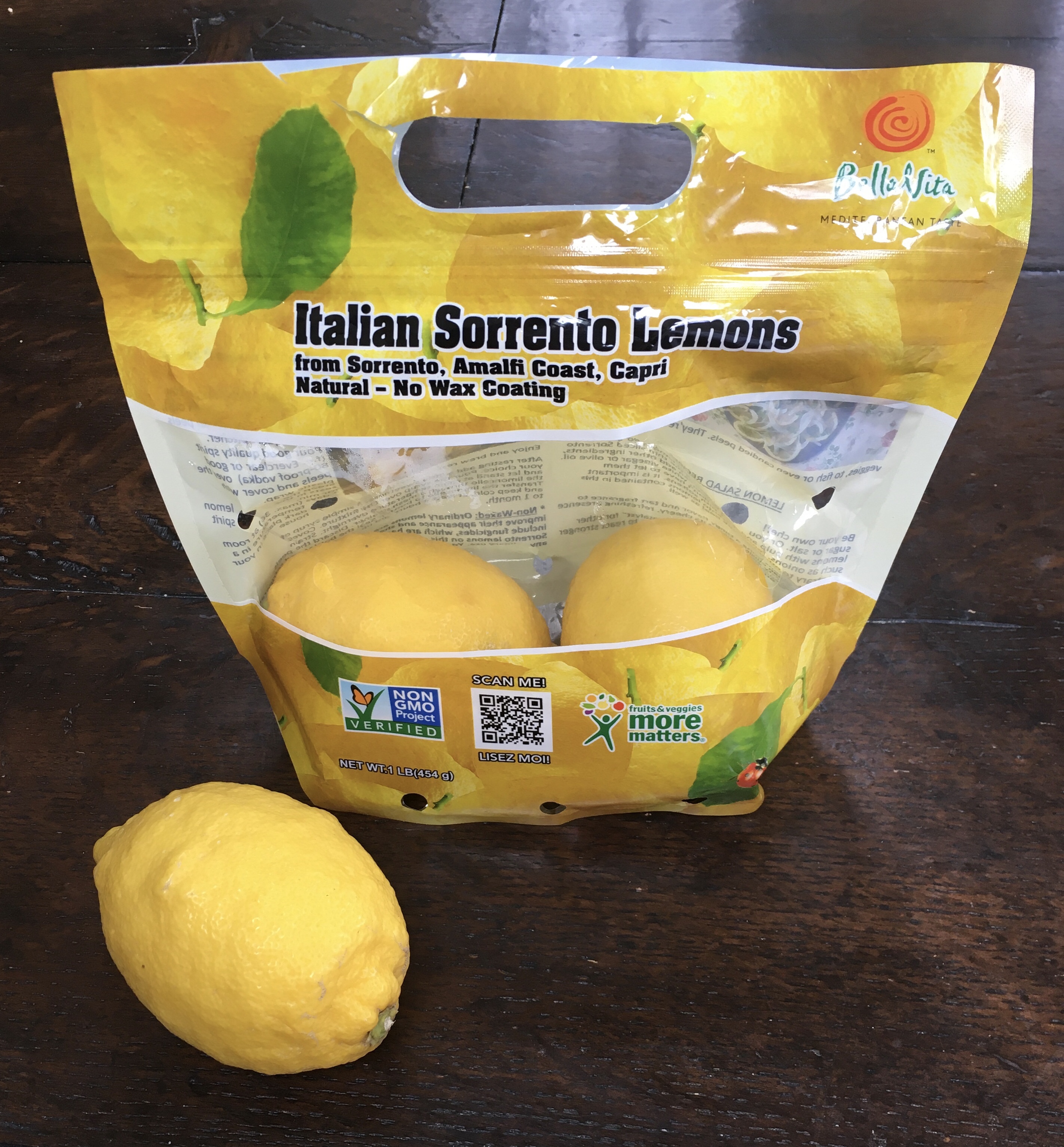
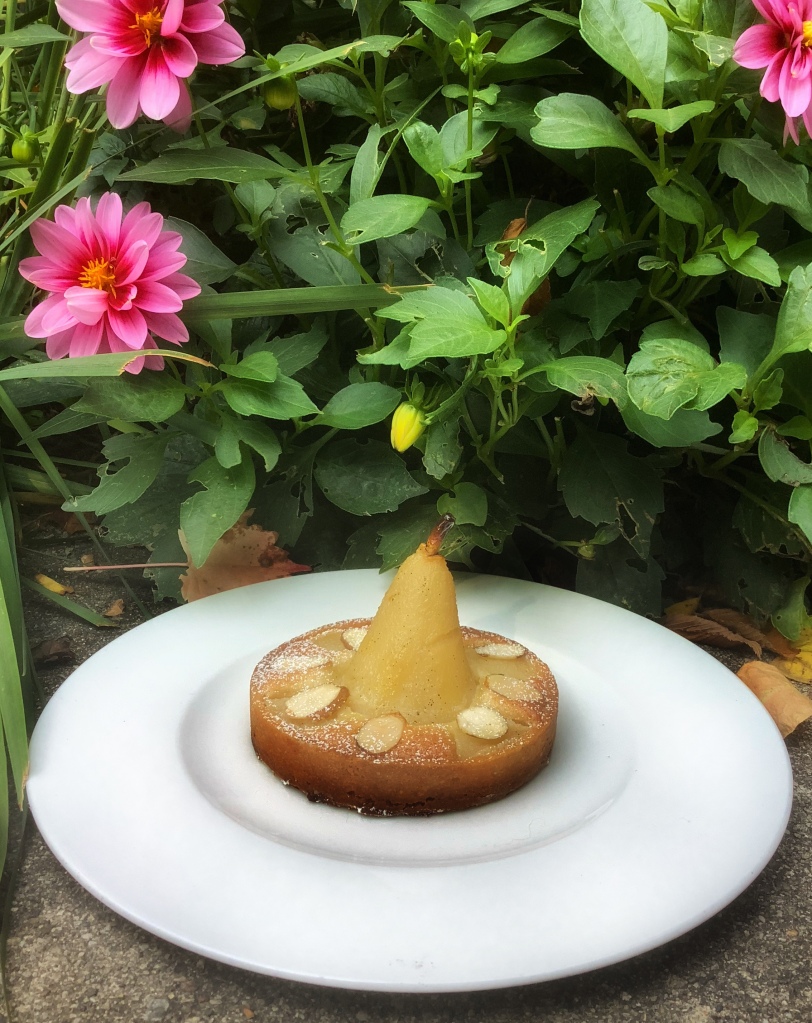




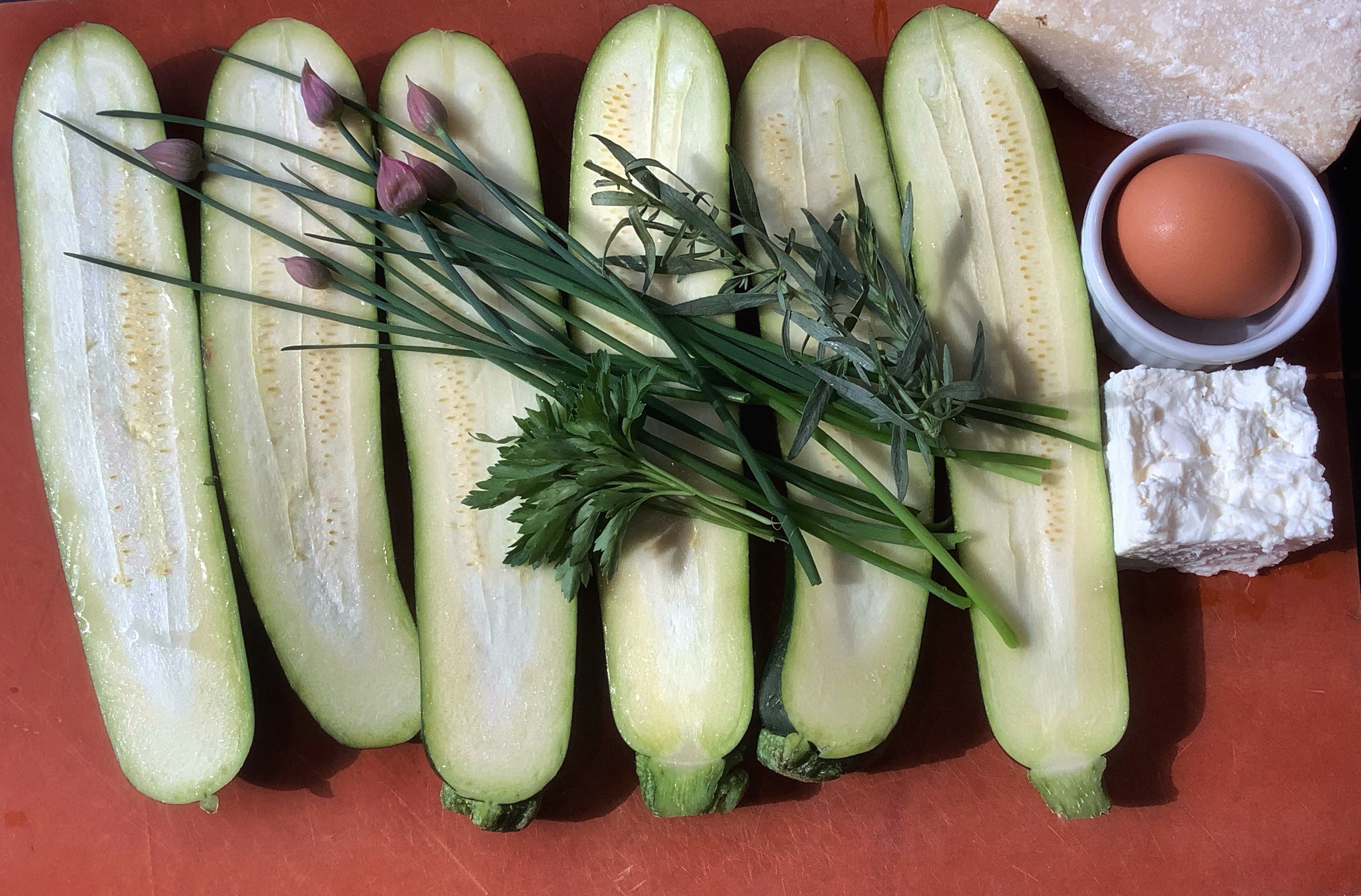
 Please read my page on preserving before you attempt this recipe
Please read my page on preserving before you attempt this recipe